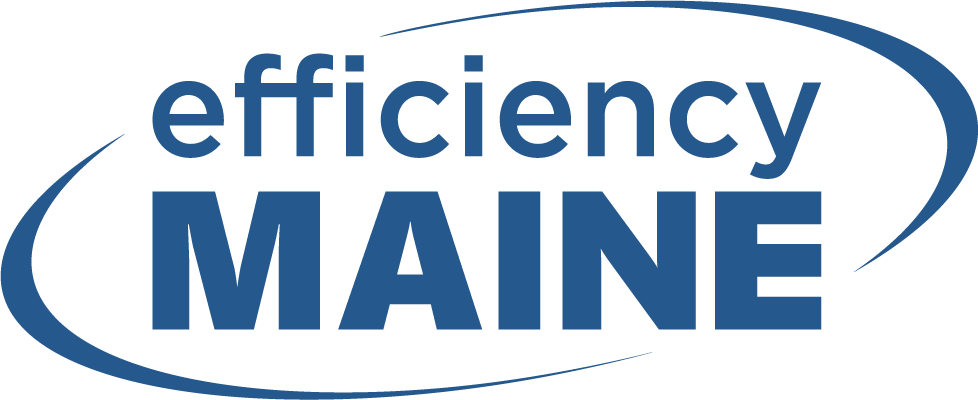By Mattra Inc
•
June 19, 2024
Introduction As summer approaches in Maine, homeowners often face challenges with under-insulated homes, skyrocketing air conditioning costs, and the lurking threat of mold growth. These issues not only impact comfort but can also lead to increased energy bills and health risks. Ensuring your home is properly prepped for the warmer months is essential for maintaining a comfortable, safe, and energy-efficient living environment. In this comprehensive guide, we will explore effective strategies for insulating your home, understanding and mitigating the dangers of mold growth, and taking advantage of financial incentives to make your home summer-ready. How to Properly Insulate Your Home Insulating your home is one of the most effective ways to improve energy efficiency and maintain a comfortable indoor temperature during the hot summer months. Proper insulation not only reduces cooling costs but also helps to keep your home warm during the harsh Maine winters. Understanding Insulation Types There are several types of insulation available, each with its own advantages. The most common types include: Fiberglass Insulation: Made from fine glass fibers, this type is commonly used in attics and wall cavities. Spray Foam Insulation: A versatile option that expands to fill gaps, providing excellent air sealing and insulation. Blown-In Insulation: Often made of cellulose or fiberglass, it is blown into place using special equipment, ideal for adding insulation to existing structures. Benefits of Spray Foam Insulation Spray foam insulation is particularly effective for Maine homes due to its superior insulating properties and air sealing capabilities. It helps to prevent air leaks, reduces energy bills, and provides a barrier against moisture, which is crucial in preventing mold growth. Additionally, spray foam can reach areas that other insulation types might miss, ensuring comprehensive coverage. DIY Tips for Home Insulation For those who prefer a hands-on approach, here are some DIY tips to improve your home’s insulation : Seal Gaps and Cracks: Use caulk or weatherstripping to seal gaps around windows, doors, and other openings. Add Insulation to the Attic: Consider using blown-in insulation for an easy and effective way to enhance your attic’s insulation. Install Reflective Barriers: Reflective barriers can be added to attic spaces to reduce heat gain. Insulate Pipes and Ducts: Wrap pipes and ducts with insulation to prevent heat loss and improve efficiency. While these DIY methods can be effective, professional installation of spray foam or blown-in insulation offers a more thorough and long-lasting solution. Professional installers have the expertise and equipment to ensure your home is optimally insulated. The Dangers of Mold Growth and Its Effects on You and Your Pets Mold growth is a common problem in many homes, particularly in regions with high humidity like Maine. Mold not only damages property but also poses significant health risks to both humans and pets. How Mold Grows in Maine Homes Mold thrives in damp, humid environments, making under-insulated and poorly ventilated areas in your home prime targets. Common areas for mold growth include basements, bathrooms, kitchens, and attics. During the summer, increased humidity levels can exacerbate mold problems, especially if there is poor air circulation or water leaks. Health Risks for Humans Exposure to mold can cause a variety of health issues, including: Allergic Reactions: Symptoms such as sneezing, runny nose, red eyes, and skin rashes. Respiratory Problems: Mold spores can cause asthma attacks and other respiratory issues, particularly in individuals with pre-existing conditions. Toxic Effects: Certain types of mold, such as black mold, can produce mycotoxins that are harmful when inhaled, potentially leading to severe health problems. Health Risks for Pets Pets are also susceptible to mold-related health issues. Symptoms in pets can include: Respiratory Distress: Coughing, wheezing, and difficulty breathing. Skin Irritations: Itchy skin, rashes, and fur loss. Digestive Problems: Vomiting and diarrhea if mold-contaminated food or water is ingested. Preventing mold growth is crucial for maintaining a healthy home environment. Ensuring proper insulation, ventilation, and addressing any water leaks promptly can help mitigate the risk of mold. Take Advantage of a Free Inspection and Estimate One of the best steps you can take to prep your home for summer is to get a professional inspection and estimate. This not only helps identify areas that need improvement but also ensures you are making informed decisions about home upgrades. Efficiency Maine’s Rebate Program Maine homeowners have access to fantastic financial incentives through Efficiency Maine’s rebate program . This program offers: Minimum 40% Rebate: On qualifying home insulation projects. Up to 100% Rebate: For income-eligible households, making energy efficiency upgrades accessible to everyone. By taking advantage of these rebates, you can significantly reduce the cost of insulating your home, making it more affordable to improve comfort and energy efficiency. Your Estimate and Rebate Ready to make your home summer-ready? Don’t wait! Fill out our Get Started form or call us at (207) 777-6020 to schedule your free inspection and estimate today. With Efficiency Maine’s rebates, you can save big while ensuring your home is comfortable, energy-efficient, and mold-free.








